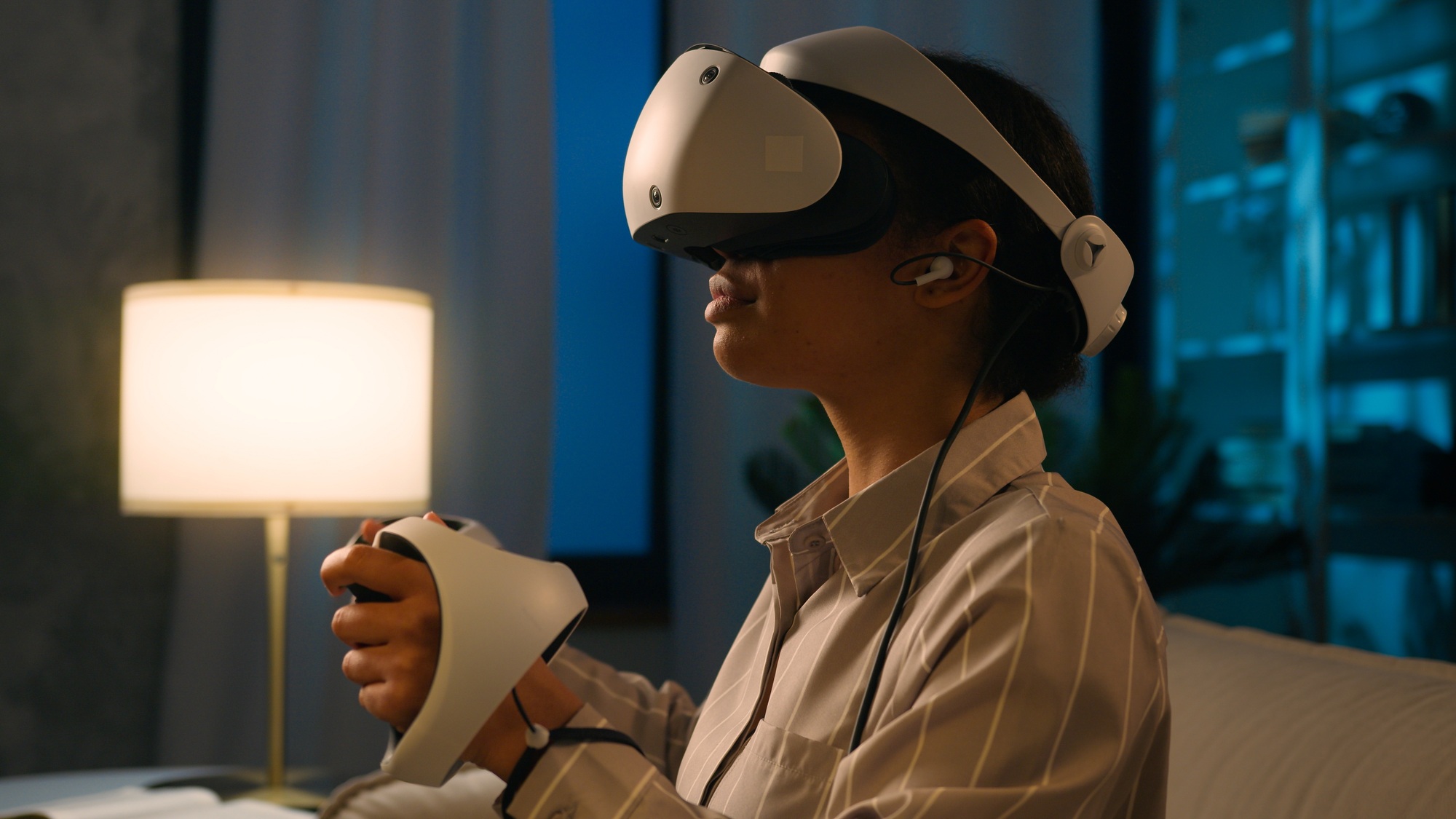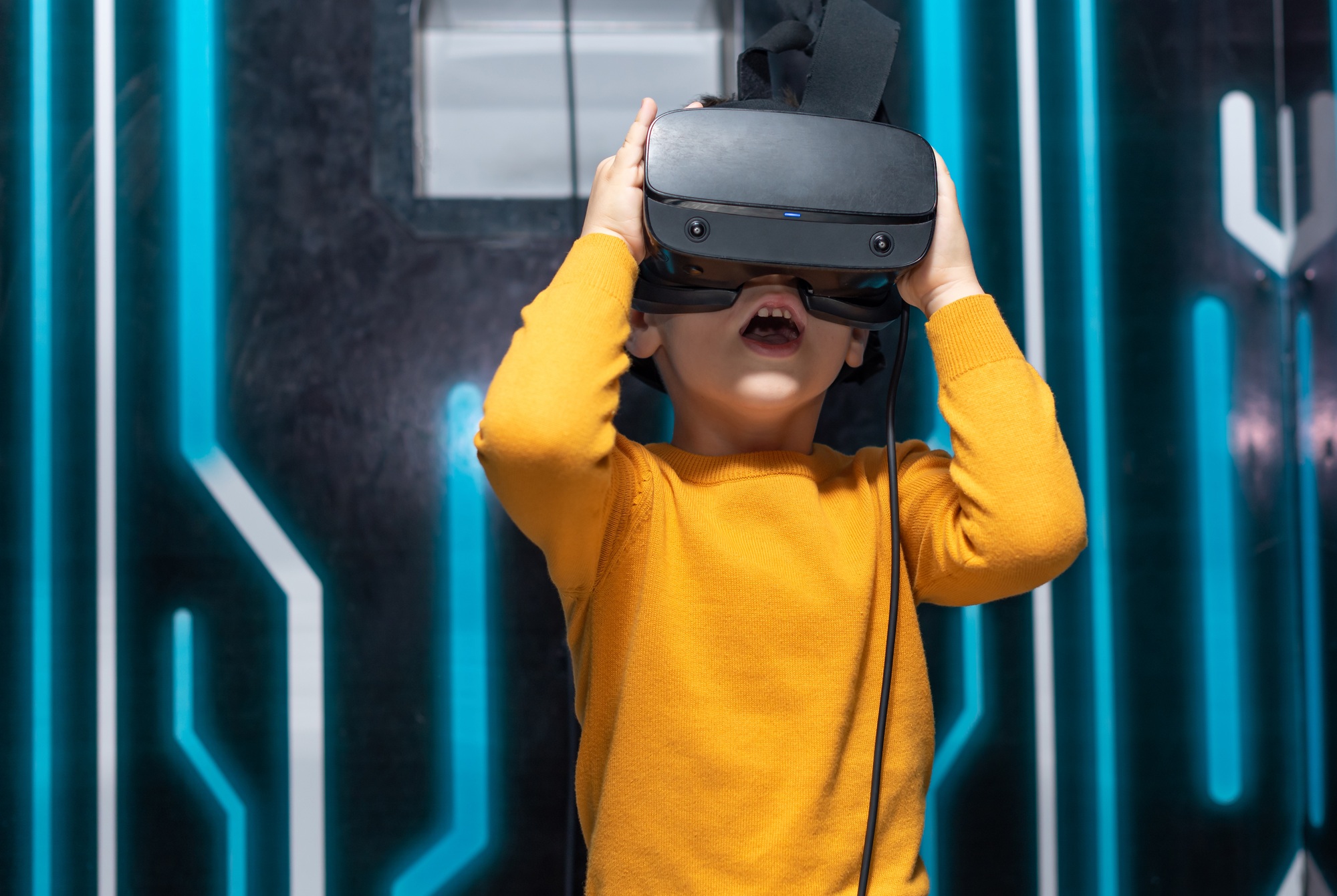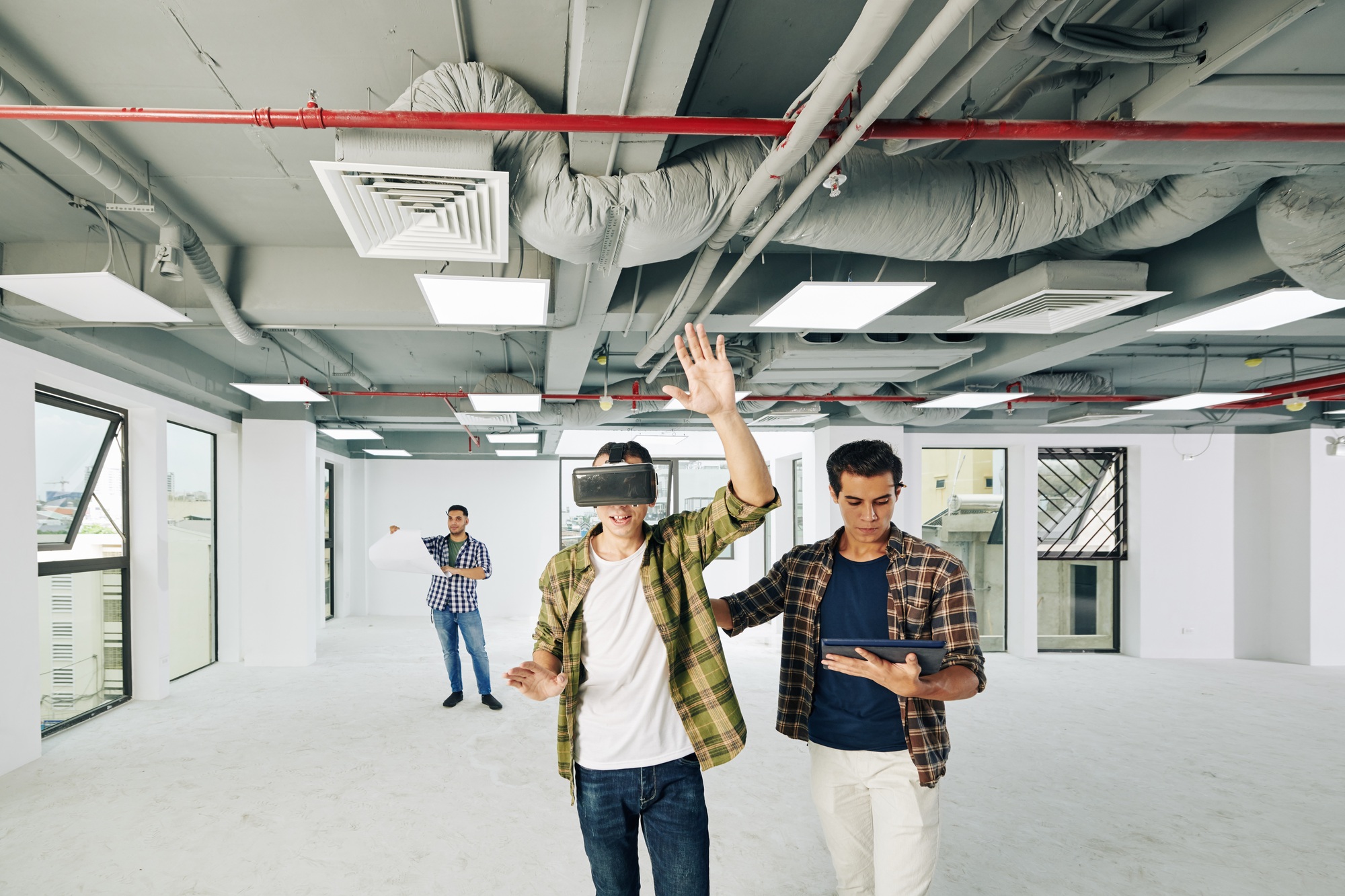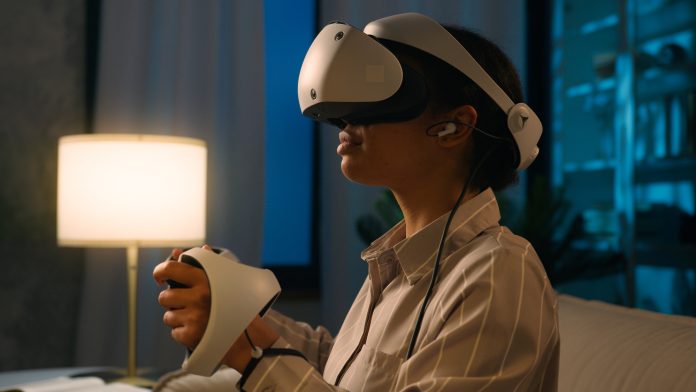Key Takeaways

- Definition of Augmented Reality: Augmented reality (AR) enhances the physical world by overlaying digital information, creating interactive user experiences.
- Applications Across Industries: AR is transforming sectors like gaming, education, and healthcare, allowing for more engaging customer interactions and improved decision-making.
- Key Technology Components: Successful implementation of AR requires hardware (smartphones, AR glasses) and software (development platforms, custom apps) tailored to business needs.
- Customer Engagement Tools: AR technology enables customers to visualize products in their own environments, enhancing their shopping experience and increasing satisfaction.
- Future Innovations: The evolution of AR is driven by advancements in technology, such as 5G, which improves real-time interactions and mobile application capabilities.
- Challenges in Adoption: Small businesses face barriers like high development costs and consumer familiarity with AR, necessitating thoughtful strategies for successful integration.
Imagine walking through your city and seeing digital information overlaid on the real world around you. That’s augmented reality (AR) in action. This technology blends the physical and digital realms, enhancing your everyday experiences by adding interactive elements to your environment.
From gaming to education, AR is transforming how you engage with the world. It’s not just a tech trend; it’s a powerful tool that reshapes industries and personal interactions. Whether you’re trying on virtual clothes or navigating a new city, augmented reality opens up a universe of possibilities that can make life more engaging and efficient.
What Is Augmented Reality?

Augmented reality (AR) enhances the real world by overlaying digital information, improving experiences for users. AR uses tech like smartphones and tablets to display interactive elements within your environment. This technology triggers significant changes across sectors, including small businesses, where it can augment customer engagement and streamline operations.
AR tools allow potential customers to visualize products in real-life settings. For instance, a furniture store can showcase how a couch fits in your living room through an AR application. Such interactive experiences foster informed purchasing decisions, ultimately boosting sales and customer satisfaction.
In education, AR transforms the learning process by adding dynamic content to traditional materials. Small businesses in the education sector can leverage AR for interactive lessons, making learning more engaging. As AR technology evolves, small businesses can explore new marketing strategies that capture attention and enhance brand visibility.
Implementing AR doesn’t require substantial investment. Many affordable solutions exist, allowing small businesses to experiment with AR effectively. This technology can improve customer loyalty while providing innovative ways for you to present your offerings. Embracing augmented reality positions your business as forward-thinking and responsive to modern consumer expectations.
Key Components of Augmented Reality

Augmented reality (AR) provides an interactive experience that blends the real world with digital content, enhancing user engagement. Understanding its key components can help your small business leverage AR technology effectively.
Hardware Requirements
You need specific hardware to implement AR solutions. Essential devices include:
- Smartphones and Tablets: Most AR applications run on these mobile devices, allowing users to access AR content easily.
- AR Glasses: These wearable devices enhance immersion, providing hands-free interaction with virtual elements.
- Cameras and Sensors: High-quality cameras and sensors ensure accurate tracking and integration of digital content in real time.
Investing in the right hardware can significantly enhance customer experiences and engagement.
Software and Applications
You also require appropriate software and applications to create and deploy AR experiences. Consider the following options:
- AR Development Platforms: Tools like Unity and Vuforia help you create interactive AR content tailored to your specific business needs.
- Customized Apps: Developing a bespoke AR app can showcase your products effectively. For example, customers can visualize how a piece of furniture looks in their home.
- Existing AR Solutions: Many platforms offer ready-to-use AR applications that can boost customer engagement without extensive development.
Adopting suitable software enhances your ability to engage customers and stand out in the competitive marketplace.
How Augmented Reality Works

Augmented reality (AR) enhances your surroundings by blending digital content with the real world. This process relies on several key technologies, allowing for interactive and immersive experiences.
The Role of Sensors and Cameras
Sensors and cameras are crucial for AR to function effectively. Devices like smartphones and tablets use built-in cameras to capture your environment. These cameras identify surfaces and objects, enabling the overlay of digital elements in real time. Movement sensors track device orientation and position, ensuring digital content aligns correctly with the real world. For small businesses, leveraging this technology facilitates customer engagement by allowing consumers to visualize products in their own environments before making a purchase.
Processing and Rendering Techniques
Processing and rendering techniques play a vital role in how AR delivers content. AR applications require powerful algorithms to analyze real-time data and seamlessly merge digital elements with the physical environment. Techniques such as computer vision help recognize surfaces and environments, while 3D rendering creates realistic digital overlays. As a small business, utilizing these advanced technologies can enhance user experience, helping you stand out in a competitive marketplace. Implementing effective AR solutions improves customer interaction and encourages informed purchasing decisions, driving sales and growth.
Applications of Augmented Reality

Augmented reality (AR) offers transformative applications that can significantly benefit small businesses across various sectors. Implementing AR technology creates unique opportunities for engaging customers and enhancing overall experiences.
Gaming and Entertainment
AR has revolutionized gaming and entertainment by providing immersive, interactive experiences. You can attract customers with AR games that blend digital elements into physical spaces, creating captivating campaigns. Popular examples include Pokémon GO, which drove foot traffic to local businesses and increased sales. By integrating AR into your entertainment offerings, you enhance customer engagement, increase dwell time, and foster brand loyalty.
Education and Training
AR enhances educational experiences by adding interactive elements to traditional learning materials. For small businesses in the education sector, AR can simulate real-world scenarios, making training programs more engaging. For instance, AR applications can visualize complex concepts or guide users through intricate training processes. This tech-driven approach boosts participation and retention, ultimately improving your team’s skill sets and knowledge.
Medical and Healthcare
In medical and healthcare settings, AR plays a crucial role in improving patient outcomes and enhancing operational efficiency. For small healthcare practices, AR can visualize patient anatomy or simulate procedures, aiding in training and consultations. It provides valuable information in real time, allowing healthcare professionals to deliver better care and make well-informed decisions. By adopting AR in healthcare, you position your practice as an innovative leader, improving patient satisfaction and trust.
Future Trends in Augmented Reality

Augmented reality (AR) continues to evolve, driven by innovations that enhance interactivity and engagement. These trends present significant opportunities for small businesses looking to leverage technology for growth.
Innovations and Developments
Innovations in AR technology focus on creating more immersive experiences and improved accessibility. Mobile AR applications paired with 5G networks allow for faster data transfer and real-time interactions, enabling features such as instant product visualization in real environments. You can use AR tools to provide your customers with interactive experiences, such as virtual try-ons or detailed product demos through their smartphones. These advancements make it easier for small businesses to integrate AR into their marketing and sales strategies, driving customer engagement and fostering loyalty.
Challenges and Limitations
Despite the rapid growth of AR, challenges remain. High development costs can deter small businesses from adopting AR technologies. Limited access to skilled developers and the need for ongoing software updates can complicate implementation. Furthermore, consumers may face barriers such as device compatibility or unfamiliarity with AR, which can hinder the user experience. Addressing these limitations involves careful planning and investment in user-friendly solutions that maximize ROI while enhancing customer experiences. Understanding these challenges helps you develop strategies that effectively incorporate AR into your business model.
Conclusion

Augmented reality is reshaping how you interact with the world around you. By blending digital content with your physical environment AR enhances experiences in gaming education and retail. As you explore its potential you’ll find that AR not only improves customer engagement but also drives innovation across various industries.
Embracing this technology allows you to stay ahead of the competition while meeting modern consumer expectations. With accessible solutions available implementing AR in your business can lead to increased sales and customer loyalty. The future of AR looks promising and its ability to create immersive experiences will only continue to grow.
Frequently Asked Questions

What is Augmented Reality (AR)?
AR is a technology that overlays digital information onto the real world, enhancing experiences by integrating interactive elements into our surroundings. It transforms how users interact with their environment using devices like smartphones and tablets.
How is AR used in gaming?
In gaming, AR creates immersive experiences, allowing players to engage with virtual elements in the real world. Popular examples include Pokémon GO, which increased foot traffic and sales for local businesses by encouraging players to explore their surroundings.
What are the applications of AR in education?
AR enhances education by making learning more engaging. It allows students to visualize complex concepts and interact with dynamic content, ultimately improving retention and understanding of traditional materials.
How does AR benefit small businesses?
AR helps small businesses improve customer engagement by allowing customers to visualize products in their own environments. This functionality can lead to informed purchasing decisions, increased sales, and enhanced brand loyalty.
What hardware is needed for AR?
Essential hardware for effective AR implementation includes smartphones, tablets, AR glasses, and high-quality cameras and sensors. These tools are crucial for capturing the environment and delivering immersive experiences.
What software platforms are used for AR development?
Common AR development platforms include Unity and Vuforia. These frameworks help developers create interactive applications, while businesses can also opt for existing AR solutions to boost customer engagement without extensive development.
How does AR work?
AR blends digital content with the real world using sensors and cameras to capture the environment, overlaying digital elements in real-time. Movement sensors ensure digital content is correctly aligned, enhancing user experience.
What are the future trends in AR?
Future trends in AR include innovations like mobile AR applications paired with 5G networks, enabling faster data transfer and real-time interactions. Features like virtual try-ons and detailed product demos are becoming more prevalent.
What challenges do businesses face when implementing AR?
Challenges include high development costs, limited access to skilled developers, and potential consumer barriers such as device compatibility. Businesses must navigate these issues to develop effective AR strategies while maximizing ROI.
Image Via Envato: jacoblund, DragonImages, RinaMskaya, Iakobchuk, stockbusters, kall1st0, medialensking, jm_video



